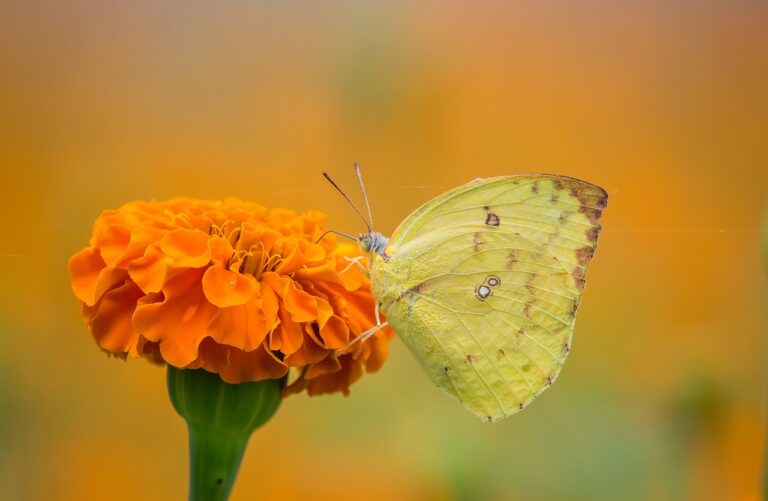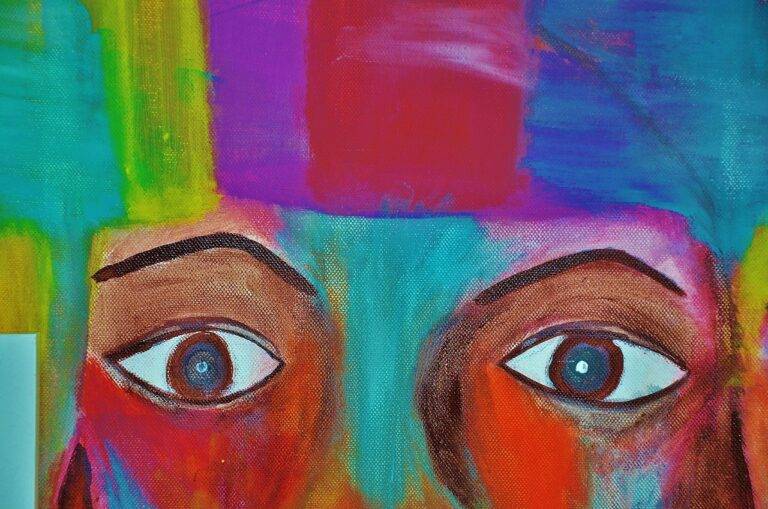Mindful Movement: Yoga, Tai Chi, and Dance for Physical and Mental Well-Being
Mindful movement practices such as yoga, Tai Chi, and dance have been gaining popularity in recent years for their numerous physical and mental health benefits. These ancient practices combine movement, breathwork, and mindfulness to improve flexibility, strength, balance, and overall well-being. In this article, we will explore the benefits of yoga, Tai Chi, and dance for both physical and mental health, as well as how they can be incorporated into your daily routine for optimal wellness.
The Benefits of Yoga
Yoga is a practice that originated in ancient India and has since spread around the world due to its many benefits for mind and body. Some of the key benefits of yoga include:
Increased Flexibility
One of the most well-known benefits of yoga is its ability to improve flexibility. By moving through a series of poses that stretch and lengthen the muscles, yoga can help increase your range of motion and reduce the risk of injury.
Improved Strength
In addition to flexibility, yoga also helps build strength in both the muscles and joints. Many yoga poses require you to support your body weight in various positions, which can help tone and strengthen your muscles over time.
Stress Reduction
Yoga is well-known for its stress-relieving benefits, as it combines movement with breathwork and mindfulness to help calm the mind and reduce anxiety. By focusing on the present moment and letting go of worries, yoga can help promote relaxation and a sense of peace.
Enhanced Mental Clarity
Practicing yoga regularly can also help improve mental clarity and focus. By tuning into your breath and body during yoga practice, you can cultivate a greater sense of awareness and presence that can carry over into your daily life.
The Benefits of Tai Chi
Tai Chi is a Chinese martial art that is often referred to as “moving meditation” due to its focus on slow, deliberate movements and deep breathing. Some of the key benefits of Tai Chi include:
Improved Balance
One of the main benefits of Tai Chi is its ability to improve balance and stability. The slow, controlled movements of Tai Chi help strengthen the muscles and joints that support balance, reducing the risk of falls and injuries, especially in older adults.
Reduced Stress
Similar to yoga, Tai Chi is also effective at reducing stress and promoting relaxation. The gentle, flowing movements of Tai Chi can help calm the mind and release tension, leading to a greater sense of peace and well-being.
Increased Energy and Vitality
Regular practice of Tai Chi can help increase energy levels and improve overall vitality. By focusing on the breath and cultivating a sense of calm through movement, Tai Chi can help boost your energy and leave you feeling rejuvenated.
Enhanced Mind-Body Connection
Tai Chi emphasizes the connection between the mind and body, encouraging practitioners to move mindfully and with intention. By cultivating this mind-body awareness, Tai Chi can help improve coordination, concentration, and overall well-being.
The Benefits of Dance
Dance is a form of artistic expression that involves rhythmic movement of the body to music. In addition to being a fun and enjoyable activity, dance offers a wide range of physical and mental health benefits:
Cardiovascular Fitness
Dance is a great way to improve cardiovascular fitness, as it involves continuous movement that elevates the heart rate. Whether you prefer salsa, ballet, or hip-hop, dancing can be a fun and effective way to get your heart pumping and burn calories.
Improved Coordination
Dance requires coordination of the arms, legs, and body movements, which can help improve balance and spatial awareness. By practicing different dance styles and routines, you can enhance your coordination skills and agility.
Mood Enhancement
Engaging in dance can also have a positive impact on your mood and mental well-being. The combination of music, movement, and social interaction in dance can help release endorphins, reduce stress, and boost your mood.
Enhanced Creativity
Dance is a creative and expressive art form that allows you to explore different movements and styles. By letting go of inhibitions and expressing yourself through dance, you can tap into your creativity and cultivate a sense of joy and freedom.
How to Incorporate Mindful Movement Into Your Daily Routine
Whether you choose to practice yoga, Tai Chi, dance, or a combination of all three, incorporating mindful movement into your daily routine can have a profound impact on your physical and mental well-being. Here are some tips to help you get started:
Set Aside Time Each Day
Make time in your schedule for mindful movement practices, even if it’s just a few minutes each day. Consistency is key when it comes to reaping the benefits of yoga, Tai Chi, or dance, so try to establish a regular routine that works for you.
Find a Practice That Resonates With You
Explore different styles and practices of yoga, Tai Chi, and dance to find one that resonates with you. Whether you prefer the gentle flow of Hatha yoga, the meditative movements of Tai Chi, or the energetic rhythms of salsa dancing, choose a practice that feels enjoyable and fulfilling.
Listen to Your Body
Pay attention to how your body feels during mindful movement practices and adjust your movements accordingly. If a pose or movement feels uncomfortable or painful, modify it to suit your needs or seek guidance from a qualified instructor.
Focus on Breath and Mindfulness
Remember that mindful movement is not just about physical exercise, but also about cultivating awareness of your breath and thoughts. Practice deep breathing and mindfulness during yoga, Tai Chi, or dance to enhance the mind-body connection and promote relaxation.
Stay Open and Curious
Approach your mindful movement practice with an open mind and curiosity, allowing yourself to explore and learn new things. Be patient with yourself as you navigate the challenges and rewards of yoga, Tai Chi, and dance, and be open to growth and transformation.
FAQs
Q: Can anyone practice yoga, Tai Chi, or dance?
A: Yes, mindful movement practices are suitable for people of all ages and fitness levels. It’s important to listen to your body and work within your limits, seeking guidance from a qualified instructor if needed.
Q: How often should I practice yoga, Tai Chi, or dance?
A: The frequency of practice can vary depending on your goals and schedule. Ideally, aim to practice mindful movement at least a few times a week to experience the benefits. Consistency is key, so try to find a routine that works for you.
Q: Can mindful movement practices help reduce anxiety and depression?
A: Yes, yoga, Tai Chi, and dance have been shown to help reduce symptoms of anxiety and depression by promoting relaxation, stress reduction, and mindfulness. These practices can be valuable tools for improving mental well-being.
Q: What are some resources for learning yoga, Tai Chi, or dance?
A: There are many resources available for learning mindful movement practices, including online classes, books, DVDs, and local studios or community centers. Consider exploring different options to find a practice that suits your preferences and needs.
In conclusion, incorporating mindful movement practices such as yoga, Tai Chi, and dance into your daily routine can have a profound impact on your physical and mental well-being. Whether you’re looking to improve flexibility, reduce stress, boost energy, or enhance creativity, these ancient practices offer a holistic approach to wellness that can benefit people of all ages and fitness levels. By making time for mindful movement and staying open to growth and exploration, you can cultivate a greater sense of balance, peace, and vitality in your life.







